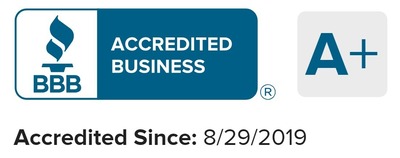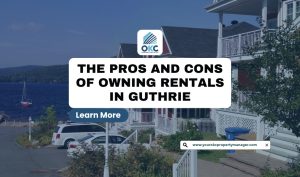Buying a home is likely the largest investment most people will ever make. A crucial step in this process is the home inspection, a detailed examination of the property’s condition conducted by a qualified professional. While many inspections uncover minor issues that can be negotiated, some reveal problems so significant that they should prompt a buyer to consider extensive home repairs or even walking away. Careful consideration of these findings is essential to avoid potential risks and financial impacts.
With over 15 years of experience in property management and serving property owners across Oklahoma City and nearby areas like Edmond, Yukon, and Del City, we’ve seen firsthand how the results of a home inspection can make or break a deal.
In fact, a 2023 report from the National Association of Realtors (NAR) indicates that approximately 9% of real estate transactions fall through due to issues discovered during the home inspection phase. Understanding these red flags, supported by industry data, is essential for making informed and financially sound decisions. Additionally, knowing when the house was built and reviewing the property’s history can provide further context about what to expect. This article offers a data-driven guide to help you recognize when walking away is the smartest move.
Maximize Your Rental Income with Hassle-Free Property Management
Request a Service →Key Takeaways: When to Walk Away After a Home Inspection
- Major structural issues or foundation problems can be deal-breakers.
- Extensive water damage or mold may pose serious health and repair risks.
- Outdated electrical or plumbing systems could require costly upgrades.
- If the seller refuses to negotiate or make repairs, it may be best to move on.
- Trust your instincts—if the home feels like too much trouble, walk away.
1: Foundation Problems
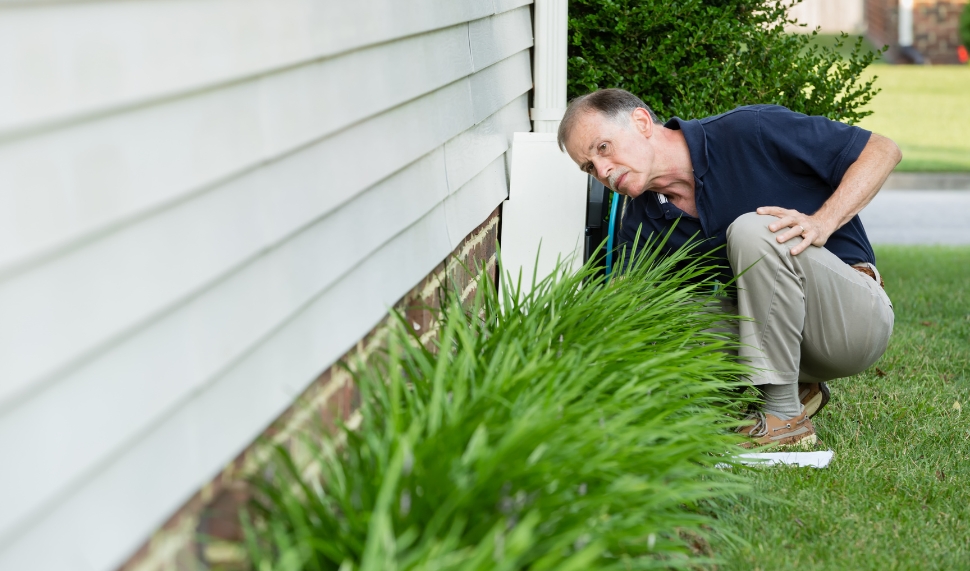
The foundation is quite literally the base of your home, and serious issues here can lead to major, costly problems down the line. We’re talking about cracks, shifting, settling, or water damage, any of which can compromise the entire structure. These problems don’t just affect the stability of the home; they can cause misaligned windows, sticking doors, water intrusion, and even basement flooding. That kind of damage often leads to further structural concerns and health risks from mold and excess moisture. It’s the kind of headache no buyer wants to inherit. That’s why including a home inspection contingency in your purchase agreement is so important; it gives you the option to walk away if major foundation issues are uncovered during the inspection.
The American Society of Civil Engineers reports that repairing a significant foundation issue can cost between $5,000 and $50,000, depending on severity and location.
“Foundation issues are not merely cosmetic; they represent a potential structural compromise. Buyers should be extremely cautious and often consult with a structural engineer to assess the full scope of the issue before proceeding,” advises licensed home inspector Sarah Miller in an interview with The Home Inspection Journal.
For example, A buyer in Phoenix, AZ, found large cracks (over ¼ inch wide) in the foundation during an inspection, accompanied by visible signs of soil settlement. The structural engineer assessment led the buyer to walk away due to the extensive, potentially costly work required.
Actionable Tip: Always ask a structural engineer to assess cracks over 1/8 inch and look for signs of soil settlement.
Related Read: Types of Foundation for Homes and Their Problems
2: Extensive Mold or Water Damage

Moisture problems can quickly lead to mold growth, which can pose serious health risks to residents. Hidden water leaks, particularly in roofs or behind walls, can go unnoticed for extended periods and damage surrounding structures and interiors.
The EPA estimates that at least 25% of homes have some level of mold. The National Association of Mold Professionals states that remediation for severe cases averages between $2,000 and $10,000.
“Mold is not just a cosmetic issue. Certain types of mold can cause respiratory problems and allergic reactions. Mold exposure can also lead to serious health problems, especially for vulnerable individuals. Extensive mold growth, especially if it is the result of a significant water intrusion event, is a significant red flag during an inspection,” said Dr. Alan Peterson, a toxicologist at the National Institute of Environmental Health Sciences, in a recent webinar on indoor air quality.
For example, A home in Florida showed a “musty” odor, and the inspection uncovered extensive black mold in the attic caused by a leaky roof. This resulted in costly structural repairs and extensive mold remediation that caused the buyer to walk away.
Actionable Tip: Pay close attention to musty odors or signs of water staining or leaks. Always obtain a professional mold inspection, especially if you’re concerned about mold in an apartment or rental property, where tenant health and habitability laws can come into play.
3: Major Electrical or Plumbing Issues
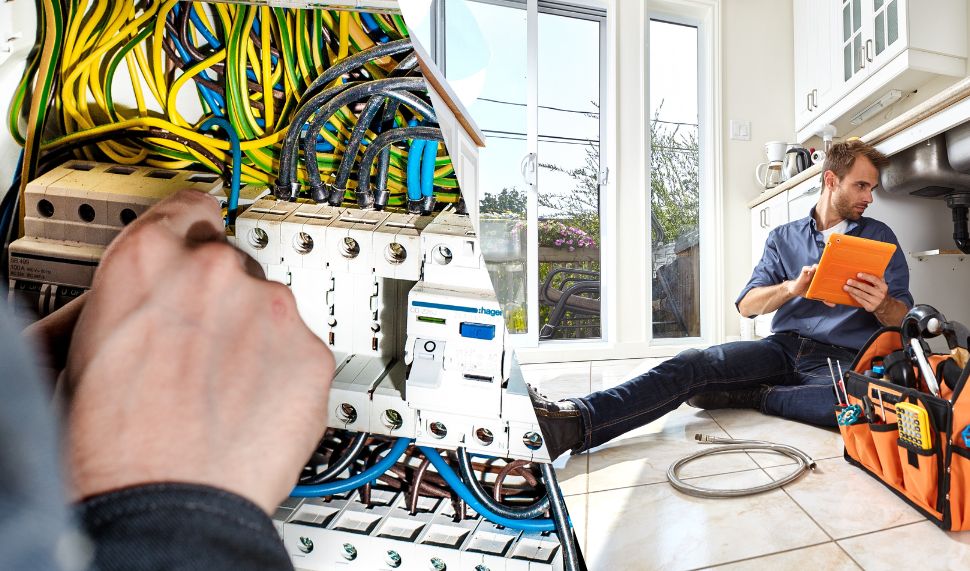
Faulty electrical wiring or major plumbing problems can present significant safety risks and be expensive to correct. Outdated wiring can increase the risk of fire, and leaking or corroded plumbing can lead to water damage, mold, and structural issues.
The Electrical Safety Foundation International (ESFI) reports that electrical issues cause approximately 25,000 residential fires each year in the U.S. Plumbing repairs often average between $300 and $3,000 depending on the scope.
“An old electrical panel that is past its service life should be a major red flag. Similarly, significant leaks in plumbing, especially hidden ones, are cause for concern. Ignoring these could result in safety hazards and huge bills,” stated master electrician Robert Davis in an article featured on Popular Mechanics.
For example, An inspection in Boston revealed a home with an outdated fuse panel and signs of overheating, which experts deemed a significant safety hazard and costly repair. The buyer decided not to purchase the home.
Actionable Tip: Look for signs of outdated wiring (such as knob-and-tube or aluminum) or evidence of leaks around pipes. Always consult a qualified electrician and/or plumber for comprehensive evaluation.
4: Roof in Poor Condition
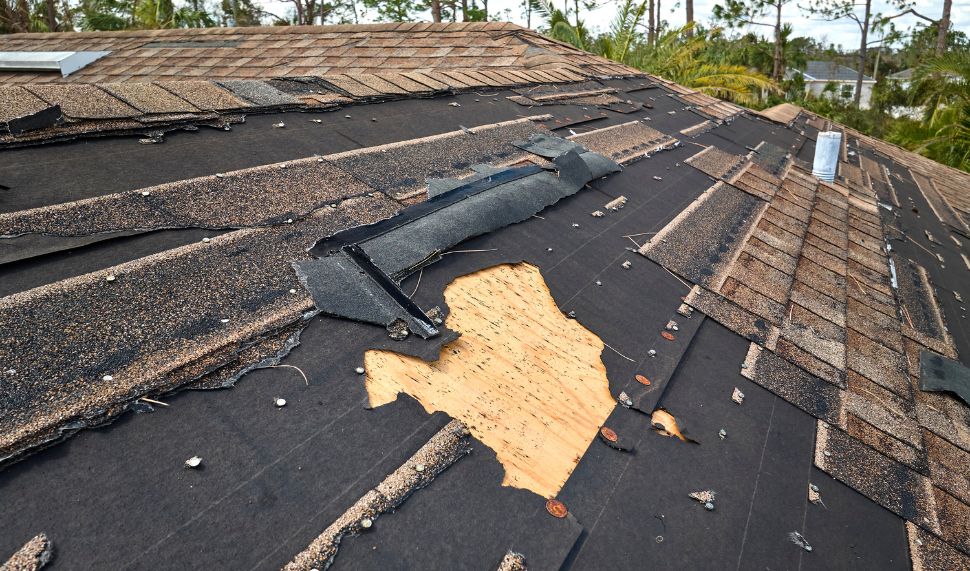
A damaged or aging roof is a major concern as it protects the home from the elements. Leaks from a failing roof can cause water damage to the structure, as well as mold and rot.
According to HomeAdvisor, the average cost of a new roof is approximately $8,000 – $15,000. A roof needing replacement soon after purchase can be a large, unexpected expense.
“The roof is the first line of defense against the elements. A roof nearing the end of its lifespan or with visible damage should be a major concern and should warrant an evaluation from a professional roofing contractor,” warns John Smith, a licensed roofer, in an interview with Roofing Today.
For example, An inspection in Chicago uncovered broken shingles, sagging areas, and signs of water penetration in the attic of the home’s roof. The high cost of a new roof caused the buyer to walk away.
Actionable Tip: Look for missing or broken shingles sagging areas, and check the attic for signs of water leaks. Always ask for a detailed roof assessment.
Also Read: What Fixes Are Mandatory After a Home Inspection?
The Home Inspection Report: What to Expect
After the home inspection is complete, you’ll receive a detailed inspection report outlining the inspector’s findings. This home inspection report is your roadmap to understanding the property’s true condition. It will highlight any structural issues, plumbing concerns, electrical system problems, foundation problems, and even signs of termite damage. The report will also note any significant issues that could be a deal breaker, such as major safety hazards or costly repairs.
The inspection report typically includes photographs, descriptions of problem areas, and recommendations for necessary repairs or further evaluation. It’s important to review the report carefully and discuss any significant issues with your real estate agent. If the inspection reveals major concerns, like foundation problems, extensive termite damage, or serious electrical system defects; you may need to reconsider your purchase or negotiate repairs with the seller.
Understanding the inspection report empowers you to make informed decisions, whether that means requesting repairs, renegotiating the purchase price, or walking away from a deal that poses too many risks.
How to Back Out After a Home Inspection?
To back out from purchasing after a home inspection generally depends on the home inspection contingency contained in your purchase contract. Here is how to do so:
Review the Home Inspection Report: Serious issues include structural damage, plumbing problems, or any other safety hazards.
Review Your Contingency Clause: Most contracts have an inspection contingency that lets you back out without penalty if some problems exist.
Notify Your Agent: Tell your real estate agent right away so he or she can take care of the paperwork and talk with the seller.
Submit a Written Notice: Most of the time, you must provide a written notice of your intent to back out of the deal, including the reasoning behind this choice, during the contingency time frame (also known as the diligence period or due diligence period in real estate transactions).
Request Refund of Earnest Money: As long as you are within the contingency timeframe, you can attain the refund of your earnest money deposit.
Final Thoughts on Backing Out After a Home Inspection
A home inspection is a critical step in the home buying process. While many issues can be resolved, knowing when to walk away is essential for protecting your financial well-being and peace of mind. Data suggests that significant problems in foundations, mold, electrical, plumbing, or the roof can be both costly and dangerous.
Understanding these red flags, and not being afraid to walk away, is a key part of being a savvy homebuyer. Don’t let emotional attachment lead you to financial ruin. If you’re navigating the home buying process and need expert guidance, contact OKC Home Realty Services today for professional inspection insights and personalized service.
Maximize Your Rental Income with Hassle-Free Property Management
Request a Service →When to Walk Away After a Home Inspection FAQs
How much should a home inspection cost?
The cost of a home inspection varies depending on the size and location of the property but generally ranges from $300 to $600. (Source: American Society of Home Inspectors).
Can I negotiate repairs after a home inspection?
Yes, it's common to negotiate repairs or a price reduction with the seller after a home inspection. However, they are not obligated to do so. You can also use the inspection results as a reason to terminate the purchase agreement.
Should I get a second opinion on a concerning inspection report?
Absolutely. If the inspection uncovers significant issues, it's wise to consult with specialized contractors or engineers for their assessments.
What if the seller refuses to fix any of the problems?
If the seller is unwilling to address significant issues, it may be in your best interest to walk away, especially if the problems pose substantial risks.
What should I do if the inspection reveals only minor issues?
Minor issues can be negotiated, but consider the cost of repair and weigh it against the home's overall value and appeal.
Who pays for a home inspection after a deal falls through?
Usually, the home buyer pays for the home inspection, even if the deal falls through. The inspection is part of the buyer’s due diligence and helps them make an informed decision about the property’s condition. If the buyer decides to walk away after the inspection due to serious issues, they’re still responsible for the inspection cost. In some cases, buyers can negotiate with the seller to cover part of the inspection cost, but that’s less common.
How often does a home inspection kill a deal?
A home inspection kills a deal about 15% to 20% of the time, often due to major issues like structural damage, roof problems, faulty plumbing or electrical systems, mold, or HVAC failures. Deals can also fall through when buyers and sellers can’t agree on repairs or concessions after the inspection report.
Can a seller walk away after a home inspection?
No, sellers typically can't walk away after accepting an offer unless the contract allows it. Buyers have more flexibility with inspection contingencies, but sellers are usually bound by the agreement. A seller might exit if negotiations over repairs fail, they receive a better offer (risking legal consequences), or if their contract has a rare seller contingency. Without valid reasons, sellers could lose deposits or face lawsuits.

Author
Scott Nachatilo is an investor, property manager and owner of OKC Home Realty Services – one of the best property management companies in Oklahoma City. His mission is to help landlords and real estate investors to manage their property in Oklahoma.
 (
(
